Normal People is a Hulu original series based on the novel by Irish author and screenwriter Sally Rooney. The story is set in Ireland and follows the complicated, but intimate relationship between two distinct people in Marianne (Daisy Edgar-Jones) and Connell (Paul Mescal) as they intersect through each other’s romantic lives during their time from Sligo to Trinity College in Dublin as situations and circumstances continually shift. The series leaned on two female cinematographers in Suzie Lavelle and Kate McCullough to capture the essence of the raw, intimate, truthful, closeness, and sexual relationship for the screen.
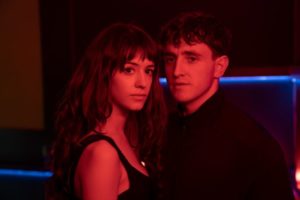
Much of the references for the sex scenes and nudity came from a select few photographers. Lavelle described, “We looked at Nan Goldin for all the sex scenes. She’d done a project called The Ballad of Sexual Dependency. That was a great reference for us in terms of the physicality, the blocking, how the actor should be, the size of the frame, how we would show nudity, and how we would show their sexual relationship with each other. Other references were Irish photographers Enda Bowe who captures the beauty within that age group and Seamus Murphy who did a project called The Republic, which is quite impressionistic.”
“Our main things were trying to be truthful, take away the frame, and as much invisible film making as possible. We decided not to have big tracking shots and be as low key and observational with the lightest footprint as possible to make the place feel real for the actors. We knew that the simplicity was the key with the camera and getting close enough to be able to feel his blushing and her pupils dilating. Their performance was so good that it was going to let us be super intimate and close with them so that would let the storytelling be simple and truthful. We felt that the storytelling shouldn’t feel different, so that the sex scenes could feel like a continuation of the dialogue, and we didn’t want the feel of the piece to change when we went into those scenes.”
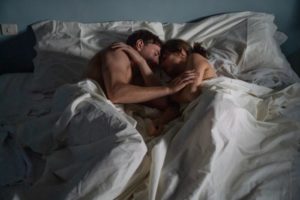
The locations in Ireland consisted of Sligo, Trinity College, and various places in Dublin. “We shot in Trinity College in the libraries, of which never had a production in there before. Other locations were mostly around Dublin for the houses and things. We spent a week and a half in the west of Ireland, in Sligo. It’s the town outside of the school and all the driving, a few of the exteriors, the beaches, all the car stuff, coming out of the nightclub, and the little town where they buy chips for lunch from school, they’re all in Sligo. The houses were shot in Dublin,” the cinematographer guided.
Marianne and Connell’s houses were representatively different from one another. Lavelle compared, “Marianne lived in this huge house that should be lovely; but it’s really her prison, it’s cold, empty, and doesn’t have a good relationship with her family. It was fun photographically, the way we could frame Marianne in the big house quite isolated and we used a lot of frames in frames. Connell’s in this tiny house with just him and his mom; it’s full of love, warmer, and a much healthier environment for someone of that age to grow up in. For his house, we tried to give the space freedom and approach it with the warmth and intimacy with the camera.”
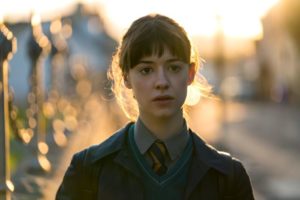
The lighting was kept very simple. “I really wanted to keep the lighting simple, but motivated to feel very real. I tended to use old tungsten lamps and tried to keep all the lighting outside the set or outside the house lighting through the windows and using old lights to give us aberrations and mistakes of light. I didn’t want it to feel electronic, but very optical and real. We used quite vintage lenses and those two things combined to really helped to give it a look,” the director of photography stated.
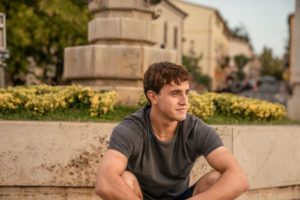
The perspective and camera moves had a subjective feeling. “We looked at the perspective as if we are alone with Connell and Marianne. We would allow ourselves to have a bit more depth of field, except in close ups, see the house around them, and the space in their houses. We used a very narrow depth of field and handheld camera that stuck and stayed with them all the time. We would always shoot their reactions clean, not over anybody’s shoulder. When they were looking or talking to someone, we’d have Marianne or Connell in the frame as an over shoulder to give it that very subjective feeling. Our main thing was that we would always move the camera when Paul or Daisy moved because they would motivate all the movement and I would see things when the character saw things. The idea was that the invisible camera movement was possible,” Lavelle detailed.
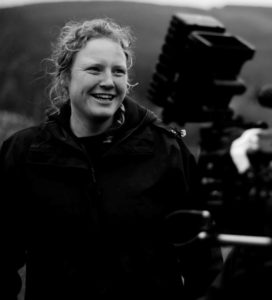
The cinematography in Normal People captured the quintessential intimacy, truthfulness, and simplicity between two people who share a particular connection. Cinematographer Suzie Lavelle is a former winner of the Irish Film and Television Awards for her photography in One Hundred Mornings. Lavelle has also been nominated for a Primetime Emmy Award for Sherlock along with a Bafta TV Craft and British Society of Cinematographers (BSC) nomination for His Dark Materials.





